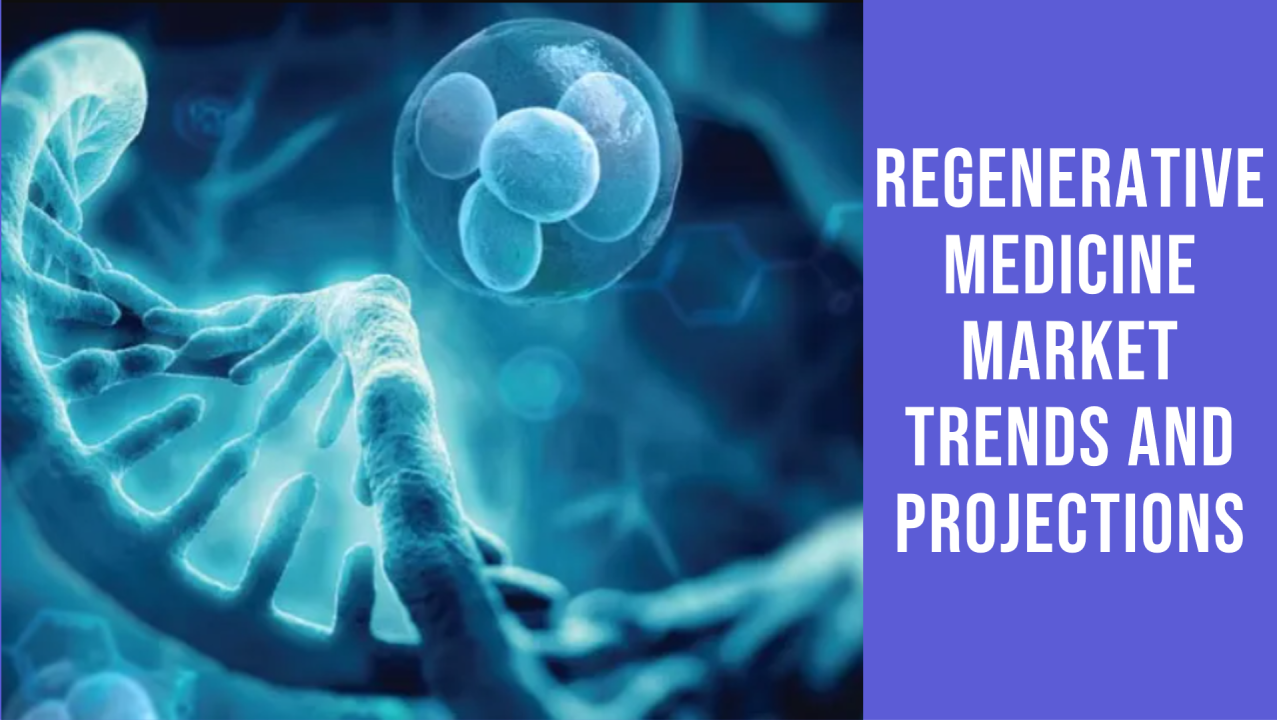Regenerative medicine is an innovative field focused on repairing, replacing, or regenerating damaged tissues and organs to restore normal function. By harnessing the body’s natural healing processes and incorporating advanced technologies, regenerative medicine holds the potential to revolutionize healthcare and improve the quality of life for patients suffering from a wide range of ailments.
Key Components of Regenerative Medicine
- Stem Cell Therapy: Stem cells possess the unique ability to develop into various cell types, making them a cornerstone of regenerative medicine. Researchers are exploring their potential in treating conditions such as spinal cord injuries, heart disease, and neurodegenerative disorders by facilitating tissue repair and regeneration.
- Tissue Engineering: This approach combines cells, biomaterials, and biological factors to create functional tissues or organs. Tissue engineering aims to develop replacement organs that can be implanted into patients, reducing the need for donor organs and minimizing rejection risks.
- Gene Therapy: Gene therapy involves modifying or introducing genes into a patient’s cells to correct genetic disorders or enhance tissue repair mechanisms. By delivering therapeutic genes, researchers aim to stimulate regeneration in damaged tissues or promote healing in various diseases.
- Biomaterials: Biomaterials play a critical role in regenerative medicine by providing scaffolds that support cell growth and tissue formation. These materials can be natural or synthetic and are designed to interact with biological systems to promote healing and integration with existing tissues.
Applications of Regenerative Medicine
- Orthopedics: Regenerative medicine is making strides in treating musculoskeletal injuries and degenerative diseases. Techniques like platelet-rich plasma (PRP) therapy and stem cell injections are used to accelerate healing in injuries such as tendon tears and osteoarthritis.
- Cardiology: Researchers are investigating the use of stem cells to repair damaged heart tissue following heart attacks. By promoting regeneration, these therapies aim to restore heart function and improve patient outcomes.
- Neurology: Regenerative medicine holds promise for treating neurological disorders such as Parkinson’s disease, multiple sclerosis, and spinal cord injuries. By stimulating repair mechanisms, researchers aim to restore function and improve quality of life for affected individuals.
- Wound Healing: Advanced therapies are being developed to enhance wound healing, particularly for chronic wounds associated with diabetes or vascular diseases. Techniques involving stem cells and biomaterials are being explored to promote tissue regeneration and reduce healing time.
- Organ Transplantation: Regenerative medicine aims to address the shortage of donor organs by developing bioengineered organs. Research is underway to create lab-grown organs that can be transplanted into patients, minimizing the risk of rejection and eliminating the need for immunosuppressive drugs.
Challenges and Ethical Considerations
Despite its immense potential, regenerative medicine faces several challenges:
- Safety and Efficacy: Ensuring the safety and effectiveness of regenerative therapies is crucial. Rigorous testing and clinical trials are necessary to establish protocols for patient care and minimize risks.
- Regulatory Hurdles: The field of regenerative medicine is subject to stringent regulatory oversight. Navigating these regulations can be complex and time-consuming, impacting the speed of bringing new therapies to market.
- Ethical Concerns: The use of stem cells, particularly embryonic stem cells, raises ethical questions. Ongoing discussions about the moral implications of manipulating human life are essential as the field advances.
Conclusion
Regenerative medicine is poised to transform the landscape of healthcare by offering innovative solutions for repairing and regenerating damaged tissues and organs. As research continues to progress, the potential for groundbreaking therapies increases, promising to enhance the quality of life for countless individuals suffering from various conditions. Through collaboration among scientists, clinicians, and regulatory bodies, regenerative medicine may usher in a new era of personalized healthcare, where the body’s innate healing capabilities are harnessed to achieve remarkable therapeutic outcomes.
